The Tropical Nursery covers an area of over 6,500m2 and is itself divided into a further 21 climatic environments that are separately controlled and monitored by computer. These zones are split into four main divisions Cacti and Succulents, Moist Tropics, Orchids, plus Temperate and Conservation Collections.
So with various guides and Nursery people on hand we called in for an hour or so on Sunday.
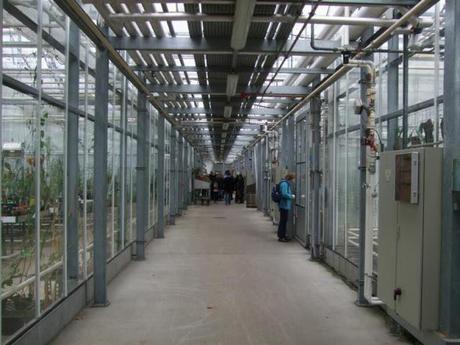
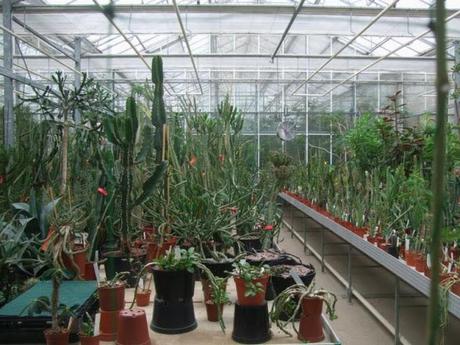
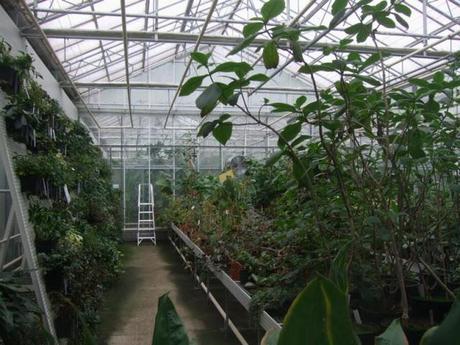
Just one section along from the arids and the area is dedicated to exotics, every available space is used, with pots hanging on racks on the walls.
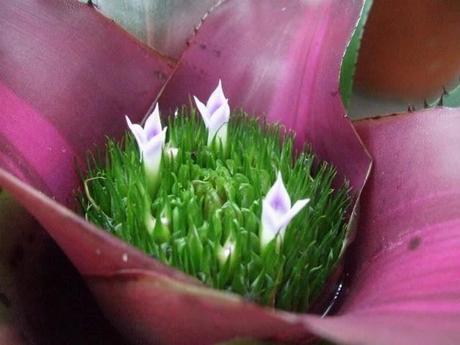
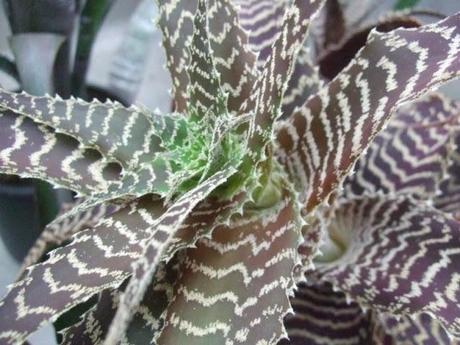
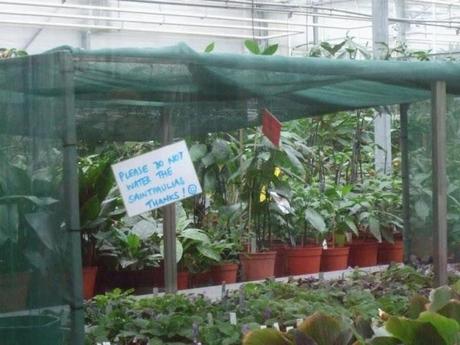
Please dont water the Saintpaulias... no really please dont!
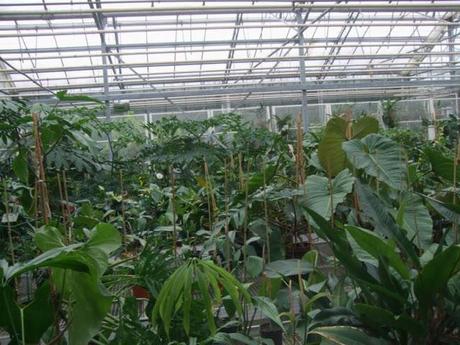
A selection of more tropical plants needing warm, humid conditions

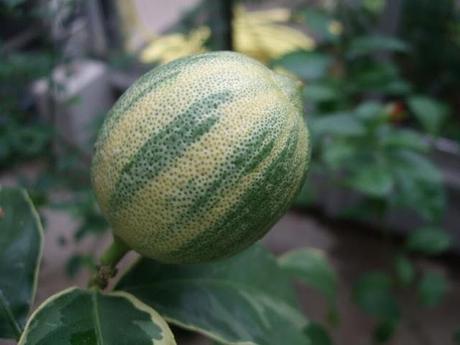
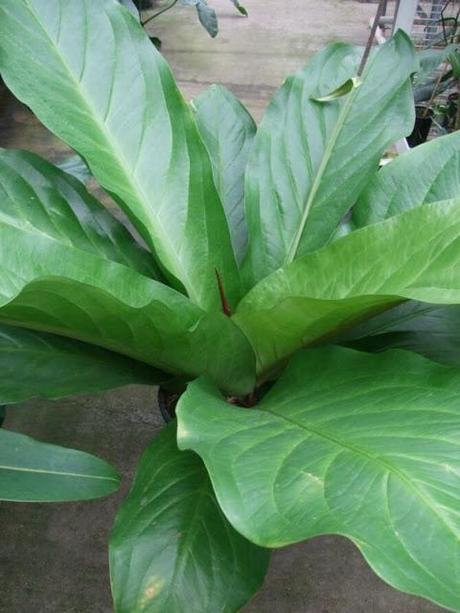
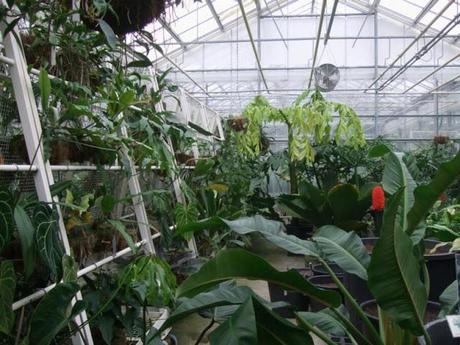
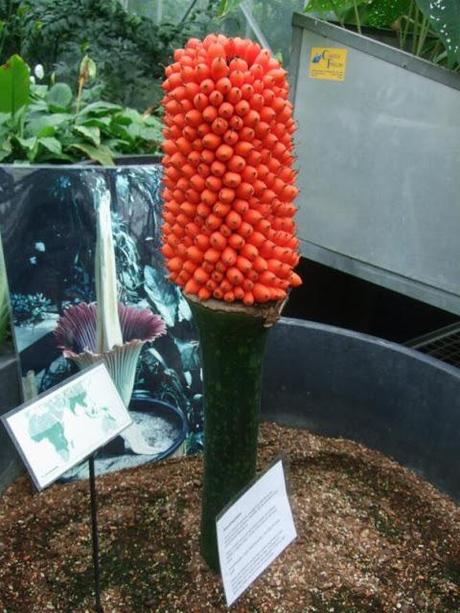
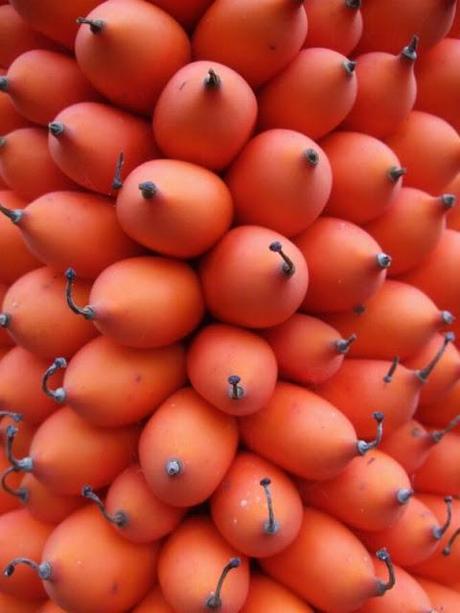
Close up of the fruits forming on the Titan Arum (Amorphophallus titanum)
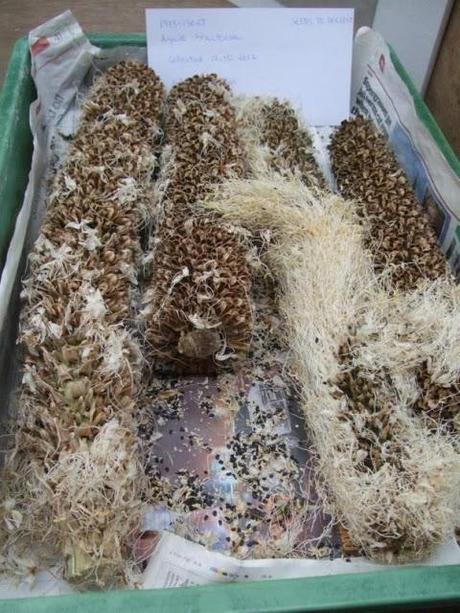
Seed of Agave bracteosa drying ready for sowing and storing,
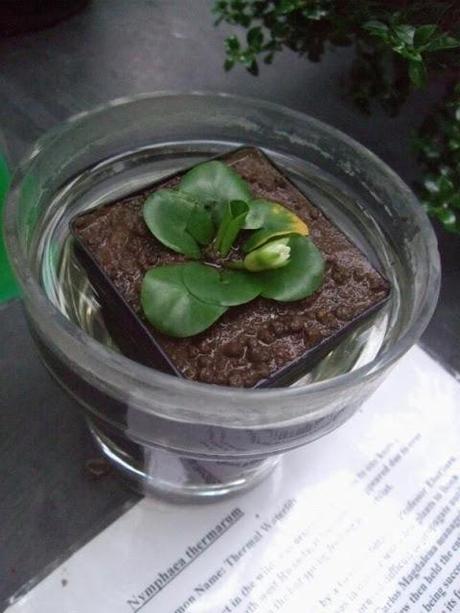
The world smallest waterlily (Nymphaea themarum), incredibly rare and endangered. but something of a success story at Kew
Nymphaea themarum is extinct in the wild (native to Rwanda) but a small number of plants were collected by the Bonn Botanic Garden. However despite the care and attention lavished on them in Germany the scientists were unable to successfully propagate more from seed. That was until Kew worked out the secret and have now grown on a significant number of plants. Perhaps one day this will be reintroduced to the wild.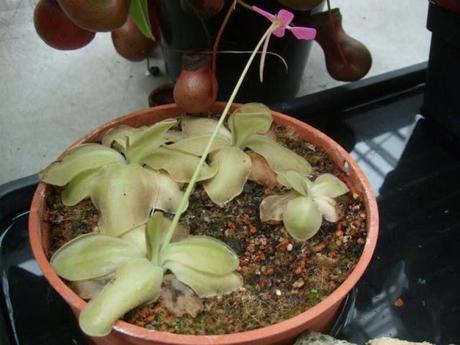
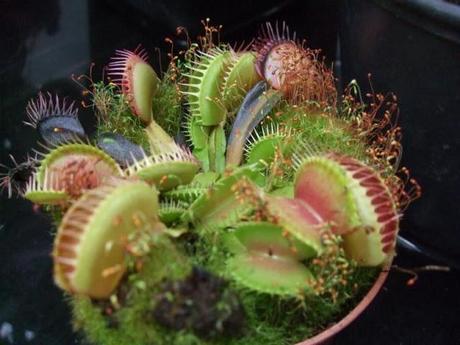
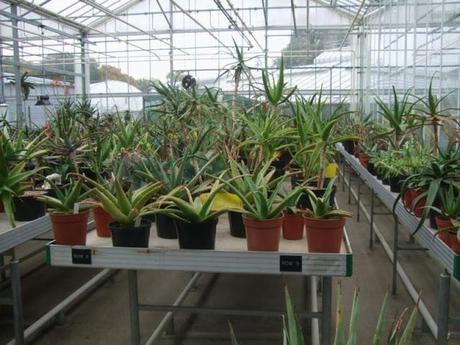
Aloes as far as the eye can see!
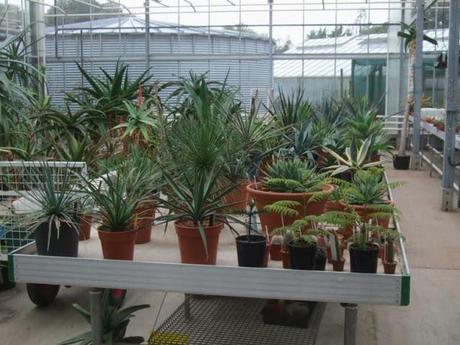
Its lovely to see behind the scenes to get an idea into just how much work goes into maintaining the glasshouses, as well as getting to talk to a few nursery men and women that tend to these plants :)Gaz

